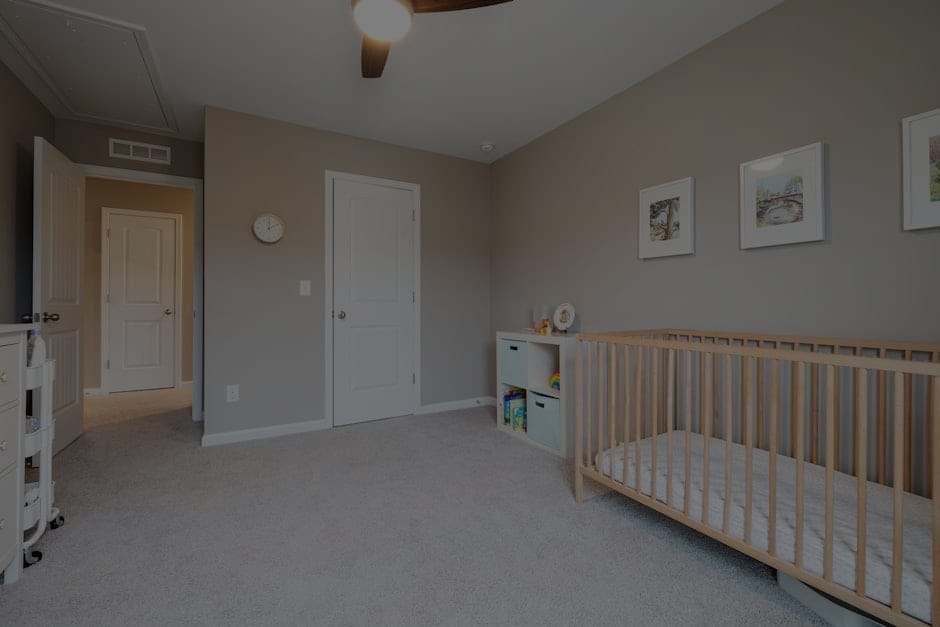**Abstract:** Discover the transformative power of Feng Shui with simple tips to harmonize your living space. This beginner’s guide offers practical advice for creating a balanced and inviting environment.
Understanding Feng Shui: The Basics
Feng Shui is an ancient Chinese practice that emphasizes the importance of spatial arrangement and energy flow. At its core, it focuses on creating harmony between individuals and their environment. By understanding the principles of Feng Shui, you can enhance the energy in your home, promote well-being, and invite positive experiences into your life. This practice is not just about aesthetics; it’s about cultivating a space that supports your physical, emotional, and spiritual needs.
Decluttering: The First Step to Harmony
One of the fundamental principles of Feng Shui is decluttering. A cluttered space can lead to stagnant energy, making it difficult for positive chi to flow. Begin by assessing each room in your home. Remove items that no longer serve a purpose or bring you joy. This process not only frees up physical space but also creates a sense of mental clarity. As you declutter, consider the items you choose to keep—each should contribute positively to your living environment.
Arranging Furniture for Optimal Energy Flow
The arrangement of furniture plays a crucial role in Feng Shui. Ensure that your furniture is positioned to promote open pathways and encourage easy movement. Avoid placing large pieces in direct line with the door, as this can block energy flow. Instead, create inviting spaces where people can gather and interact. For example, a circular seating arrangement fosters connection and conversation, enhancing the overall energy of the room.
Incorporating Natural Elements: A Breath of Fresh Air
Bringing nature indoors is essential for harmonizing your living space. Plants not only purify the air but also attract positive energy. Choose plants that resonate with you, such as peace lilies for serenity or bamboo for prosperity. Additionally, consider incorporating water features, like a small fountain, to enhance tranquility and flow. Natural elements remind us of the outside world and create a soothing atmosphere within our homes.
Color Schemes: Setting the Mood
Colors significantly impact our emotions and energy levels. In Feng Shui, each color corresponds to different elements and emotions. For instance, soft blues promote calmness, while vibrant reds energize a space. When choosing a color palette for your home, consider the mood you want to evoke in each room. Use lighter shades in bedrooms for relaxation and brighter hues in social areas to encourage lively interactions.
Lighting: The Key to Inviting Energy
Proper lighting is essential in Feng Shui. Natural light is ideal, as it boosts mood and energy levels. If natural light is limited, use soft, warm lighting to create an inviting atmosphere. Avoid harsh fluorescent lights, which can create a sterile environment. Incorporating various light sources, such as lamps and candles, allows you to adjust the ambiance according to your needs, promoting a sense of comfort and security.
Personal Touches: Infusing Your Space with Meaning
Lastly, personalize your living space with items that hold significance to you. Family photos, artwork, and meaningful souvenirs can enhance the energy in your home. These items serve as reminders of cherished memories and experiences, creating a warm and inviting environment. When selecting decor, focus on pieces that inspire joy and positivity, contributing to an overall harmonious atmosphere.
By implementing these Feng Shui tips, you can create a living space that not only looks beautiful but also nurtures your well-being. Remember, the goal is to cultivate an environment that resonates with your personal energy and promotes a balanced lifestyle. Start small, and gradually incorporate these principles into your home, inviting harmony and positivity into your life.










